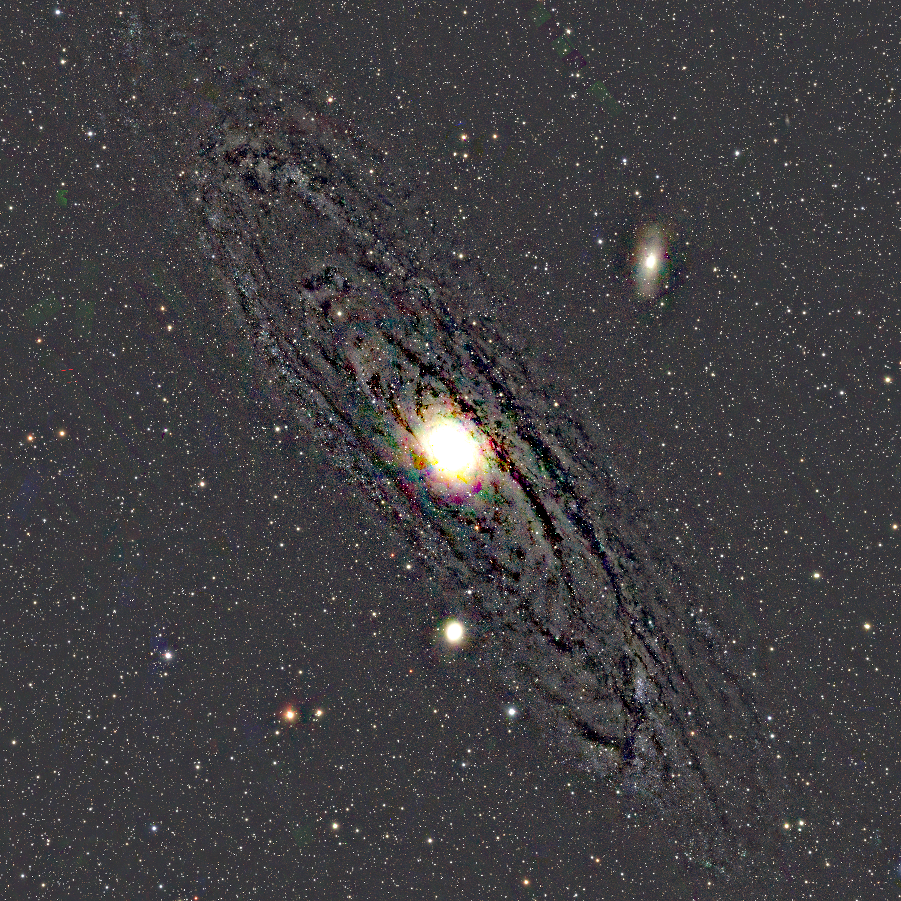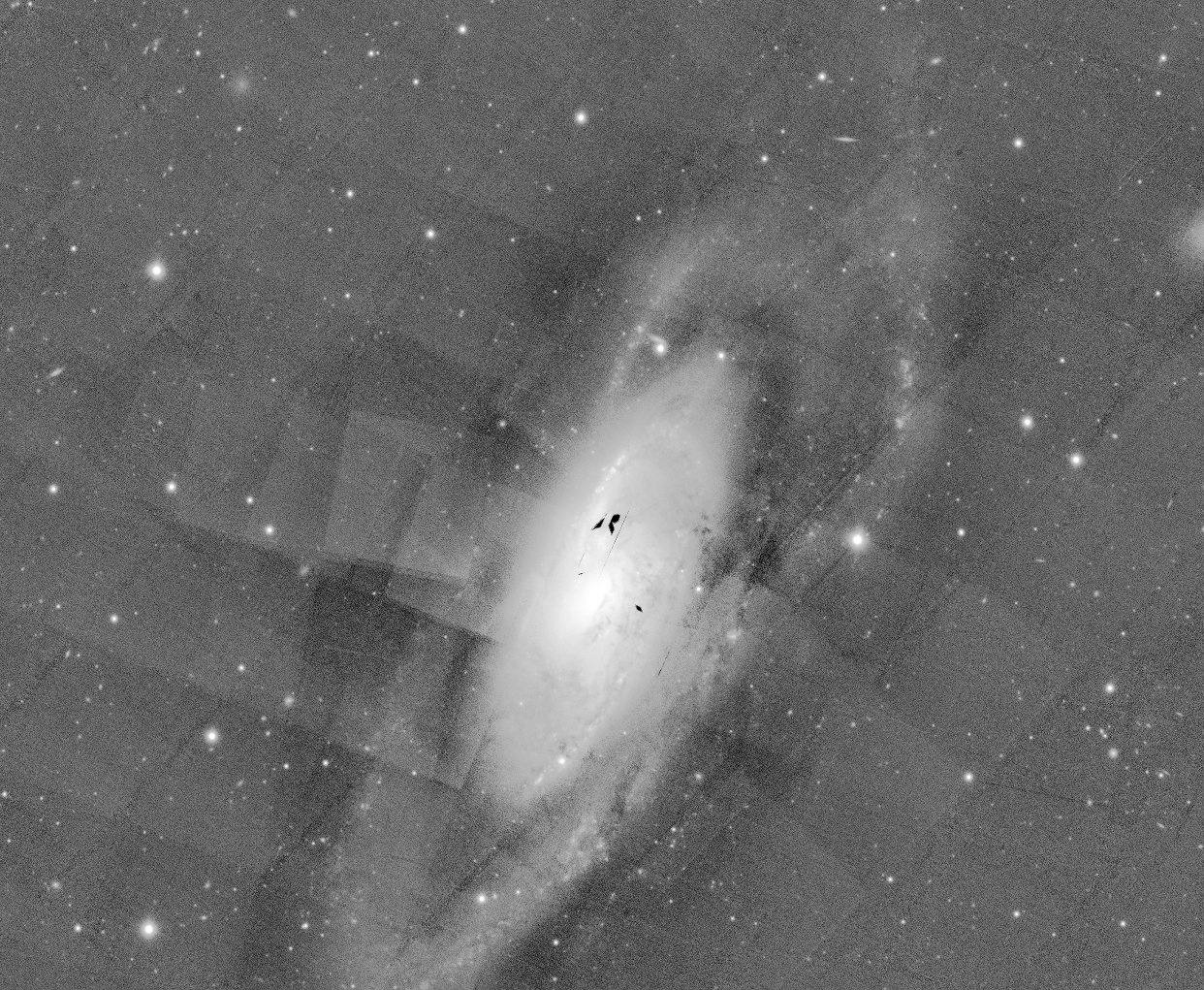This page is still being populated. Please be patient. We will provide the answers over the next few weeks.
See the PS1 DR1 caveats page for more information.
The PS1 camera surveyed the sky using 5 filters: g, r, i, z, and y. The effective wavelengths (and spectral resolutions) of these 5 filters are 481 nm (R = 3.5), 617 nm (R = 4.4), 752 nm (R = 5.8), 866 nm (R = 8.3), and 962 nm (R = 11.6), respectively. Please refer to Table 4 in Tonry et al. (2012) for bandpass details. Schlafly et al. (2012) provides updated zeropoints in Table 1.
The PS1 photometric system is shown by Schlafly et al. (2012) to have reliability across the survey region at the level of (8.0, 7.0, 9.0, 10.7, 12.4) millimags in (g, r, i, z, y). The Haleakala site is good enough to enable <1% photometry over much of the sky. The PS1 photometric calibration pipeline process is described in Magnier et al. (2016).
There are several different kinds of magnitudes in the PS1 catalog (aperture, PSF-fitting, Kron, etc.), and there are also several different sources for those magnitudes (means from multi-epoch measurements, measurements from deep stack images, "forced mean" measurements where a stack image is used to identify objects but the photometry is determined by fits to the single-epoch warp images). Which magnitude should you used for your science?
A comparison between different photometric measures provides some guidance. The answer is complex, but here is a high-level summary:
The answer is it depends on band and FWHM. A very conservative estimate for the bright limit is as follows:
| g | r | i | z | y |
|---|---|---|---|---|
| 14.5 | 15 | 15 | 14 | 13 |
You may find individual fields where you can do up to a magnitude brighter than this.
There are two main problems you should be aware of which affect bright galaxies:
(1) oversubtraction of the sky background - this affects most Messier galaxies and some (most?) of the larger NGC objects. As the background is subtracted independently from each filter, this can induce colour changes across the galaxy. In principle the polynomial used to store the background is stored and can be de-applied. However, as the subtraction is done at the warp stage, if you want stacked data the stacking procedure would have to be re-run. This facility is not available in DR1.
 | Messier 31 from the 3pi stacks showing an extreme example of the over-subtraction of the background. |
|---|
(2) issues with the row-by-row bias and continuity corrections - these are applied and therefore seen on individual ccd scales (~600 pixels). As this is done at the detrending stage this is currently very difficult to correct. There is an aspiration to re-analyse all bright galaxies but this has not yet been done.
 | Messier 106 - this is an extreme stretch of the r-band stack showing problems on the scale of individual ccds. |
|---|